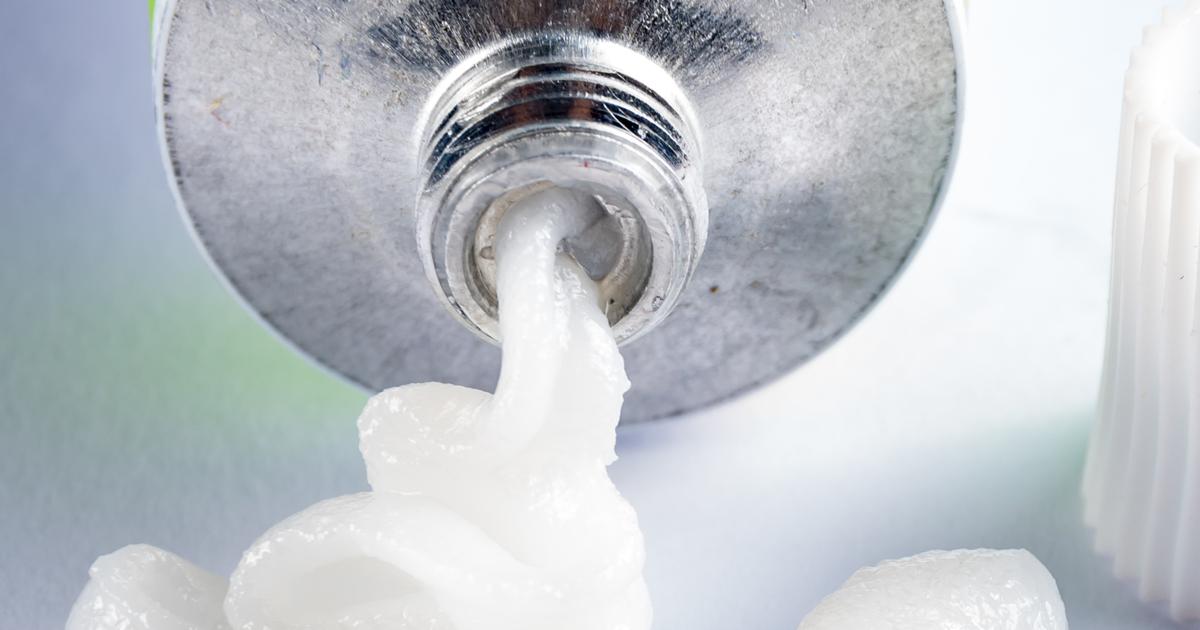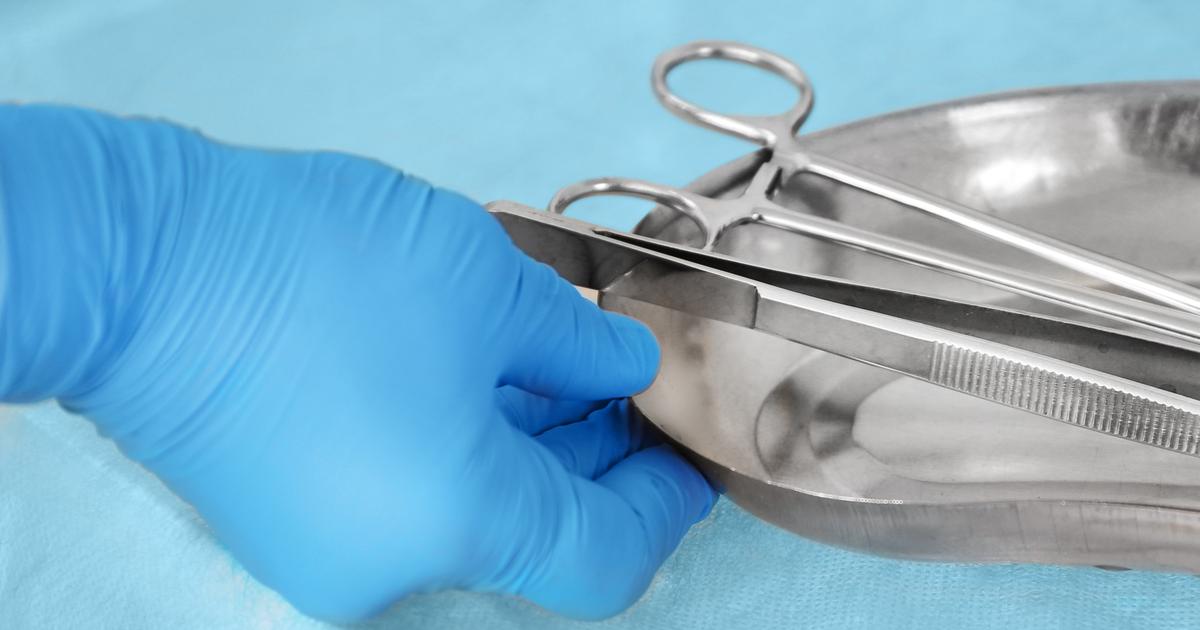Highly Effective Treatments for Sciatic Nerve Pain
Sciatic nerve pain is most commonly caused by a ruptured or bulging spinal disk. Affecting an estimated forty percent of the population at varying stages of life, it is one of the most common ailments facing society today. Contrary to popular belief, the term 'sciatica' is simply a set of symptoms generated by an underlying problem causing the compression of the sciatic nerve. These symptoms may include tingling, pain, numbness or weakness in the lower back, buttocks, and legs.
There are several remedies to alleviate the pain caused by this compression, allowing sufferers to function more optimally in everyday life. Learn about them now.
Natural Anti-Inflammatory Compounds

When the sciatic nerve is compressed, the resulting inflammation creates the collection of symptoms known as sciatica. Thankfully, natural anti-inflammatory compounds may be of use in combatting this inflammation. Turmeric is a potent natural anti-inflammatory herb that has recently grown in popularity. It has a lengthy history of use as a pain reliever and inflammation reducer. It works by reducing the levels of inflammation-causing enzymes in the body, thereby decreasing associated pain. Devil's claw is another natural remedy with impressive anti-inflammatory capabilities. It has long been used as an alternative treatment for pain and inflammation and has shown promising results. Turmeric may be taken as a tea, and in liquid or capsule form, while devil's claw is typically taken as an extract in pill form.
Topical Treatment

Topical treatments are absorbed through the skin into the affected area and involve the use of either pharmaceutical or natural anesthetics and anti-inflammatory compounds that reduce pain and inflammation. These products may contain menthol, lidocaine, or herbal preparations that must be absorbed into the muscles to provide relief. To see the most benefit from these treatments, patients should apply these in conjunction with a light massage to facilitate muscle absorption. These treatments may take anywhere from fifteen minutes to one hour to reach full effectiveness. Patients should remain relaxed and immobile, preferably lying down, to achieve the most benefit.
Acupuncture

Acupuncture, which involves the insertion of tiny needles into specific locations on the skin to trigger the body's nervous system response, has been used for the treatment of numerous conditions for thousands of years. As a result of the treatment, the brain releases endorphins and natural painkillers to alleviate discomfort in the area. These needles also increase blood flow to the treatment area, while relaxing tense muscles. Some patients find relief after only one visit, but maximum benefit from this therapy sometimes requires continued treatment. Acupuncture has been the subject of several clinical studies and has shown statistically significant results for pain relief and muscle relaxation. In fact, studies have determined more than sixty percent of patients with sciatic nerve pain experienced symptom relief following acupuncture treatment.
Muscle Relaxants Combined With Pain Relievers

Individuals suffering from a bulging or herniated spinal disk may experience painful muscle spasms, which may compress the sciatic nerve, thereby causing intense pain. Muscle relaxants may be of some use in relieving spasms. These, however, do not treat pain associated with compression, so patients may also need to incorporate pain relievers into their routine. Nonsteroidal anti-inflammatory drugs reduce the inflammation associated with nerve compression while providing pain relief to the affected area. It is important to note these treatments only provide relief from the symptoms caused by sciatic nerve compression. They are best combined with therapies that increase flexibility and strengthen surrounding muscles.
Manual Manipulation

Manual manipulation is performed by a chiropractor and involves a spinal adjustment to properly align the affected area. It works on the premise that restrictions in spinal movement create reduced functioning in the nerves stemming from restricted areas. With spinal adjustments, the patient's vertebrae are brought into proper alignment, thereby decreasing nerve compression and associated pain and inflammation. Chiropractic care may also involve the use of ice and heat to treat sciatic nerve pain and may even include electric muscle stimulation to control spasms.
Massage

Tight muscles in the lower back may result in sciatic nerve compression. Massage therapy manipulates tightened muscles and reduces pressure on the compressed nerve, allowing them to relax and as a result, alleviates associated pain. Muscle manipulation also stimulates the brain's release of its natural painkiller, endorphins. These bind to opioid receptors in the body, blocking feelings of pain and discomfort. Massage also increases blood flow to the affected area, encouraging healing of damaged and inflamed tissue. Many times, massage therapists may employ topical treatments as part of the procedure, helping decrease pain and inflammation in the affected area.
Yoga And Stretching

Sciatic nerve pain is often worsened by lack of movement, and it is typically most severe following prolonged periods of sitting. Gentle movement such as yoga and stretching help open up tight muscles that may be putting pressure on the sciatic nerve. Movement also increases blood flow to affected muscles, facilitating the body's natural healing. Several stretches help open tight hips and hamstrings, and due to this, may provide pain relief. The most important thing to take into consideration when performing yoga or stretching is moderation. Too much stretching too quickly may further irritate already delicate areas and may intensify pain rather than alleviate it.
Physical Therapy

Sciatic nerve pain, as mentioned tends to flare up when an individual's movement is limited. Physical therapy increases blood flow to the muscles and helps flush out inflammatory proteins that have accumulated in the area. A physical therapist will diagnose problem areas that can be improved with stretching and light exercise. They may prescribe specific stretches and exercises to help loosen tight muscles and improve flexibility. A light strengthening routine may also be included to help build the muscles surrounding the spine, thereby increasing stabilization. This will reduce an individual's chances of further injury that could exacerbate their condition.
Steroid Injections

Epidural steroid injections may provide patients with relief from sciatica by reducing inflammation around sciatic nerve roots. Steroids are delivered to the area immediately surrounding nerve roots, along with a solution to flush out any inflammatory proteins that have accumulated. Injections typically include fast-acting anesthetics for immediate relief. Injections are recommended if the pain is severe and interferes with the patient's ability to perform daily tasks. Pain relief is only temporary, however, and patients will need to return for weekly, monthly, or annual treatments. Doctors may recommend combining steroid injections with a comprehensive treatment plan, including exercise, for best results.
Surgery

While surgery is highly invasive and has many risks, it the most effective form of treatment for patients suffering from sciatic nerve pain. Unrelenting pain over a period of one month to six weeks that does not respond to alternative treatments may be cause for surgery. The procedure involves the removal of parts of the herniated disk that put pressure on the sciatic nerve. Minimally invasive procedures for partial removal allow patients to recover more quickly. More severe cases may necessitate extensive removal of disk material to alleviate pressure on the nerve. In drastic cases, the entire disk must be removed and replaced by an artificial one.